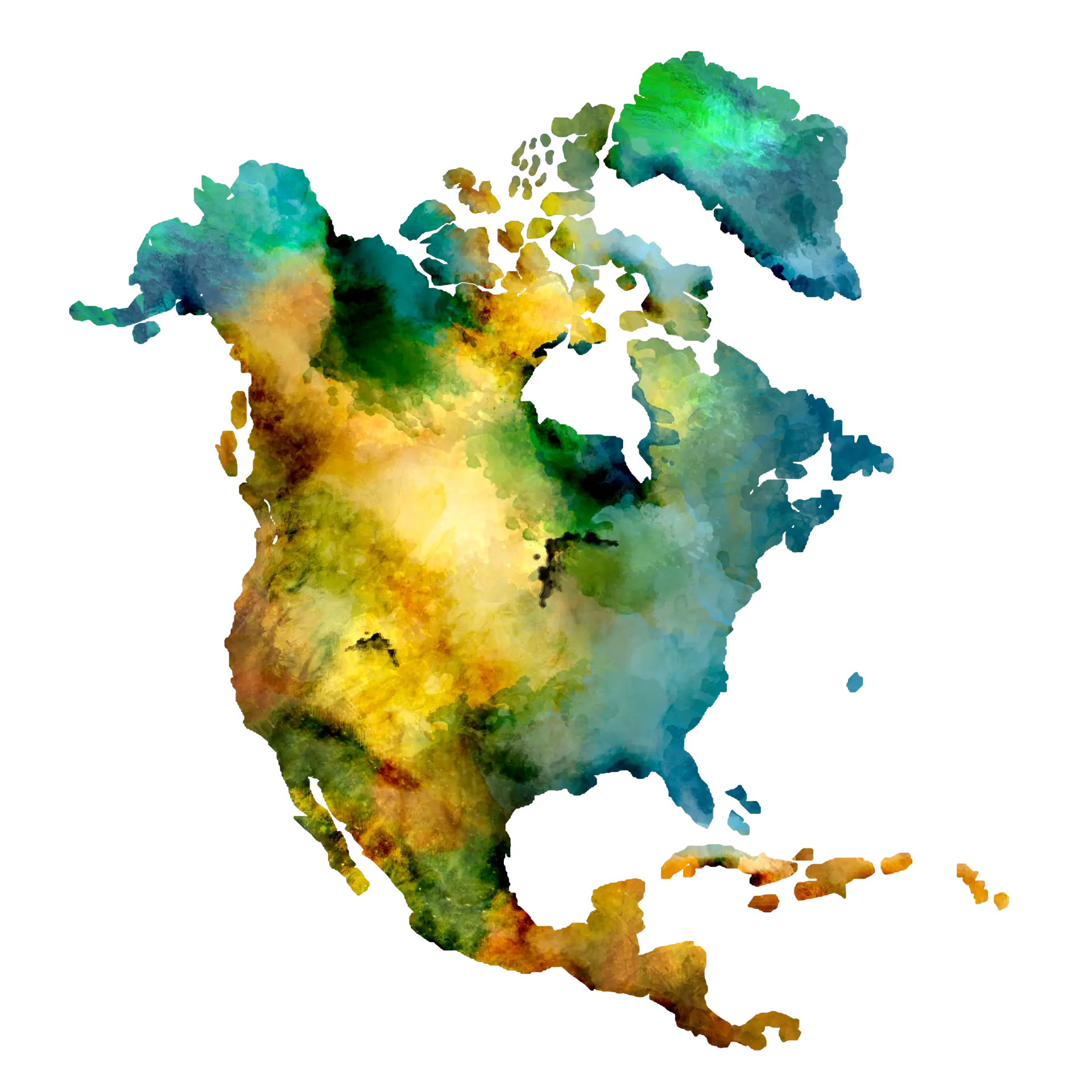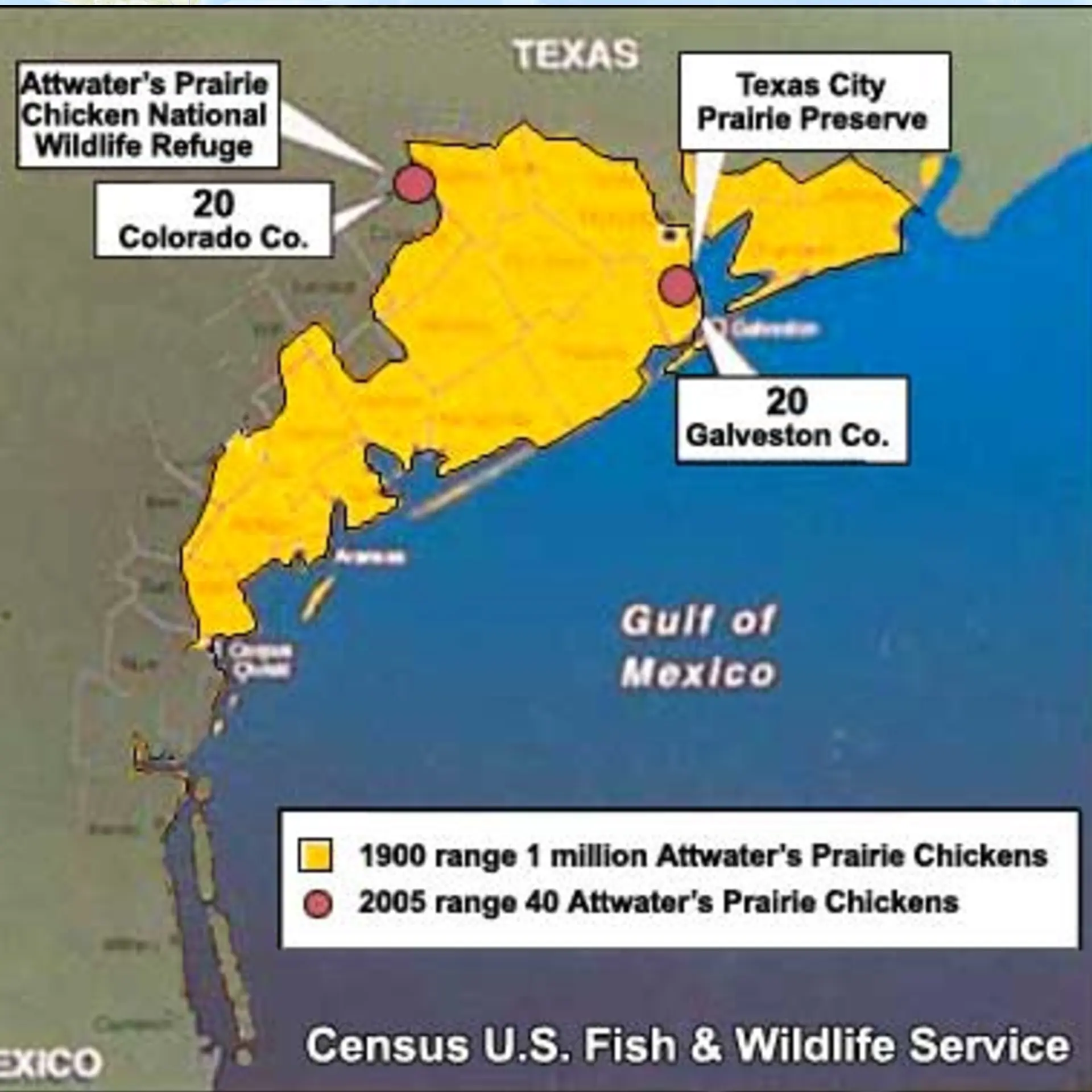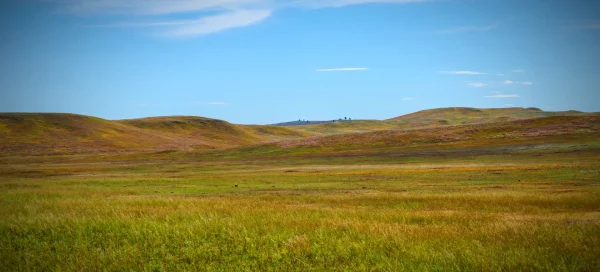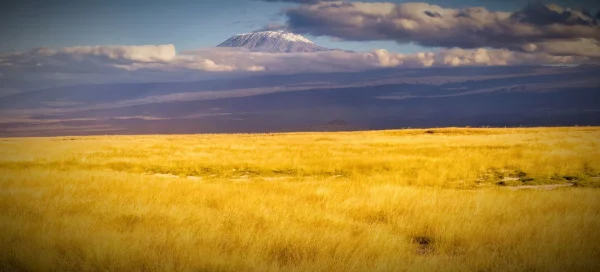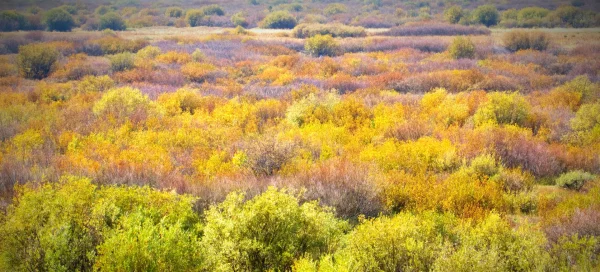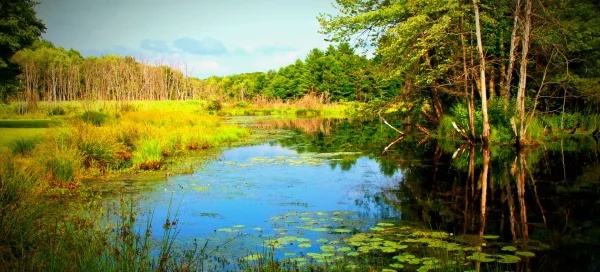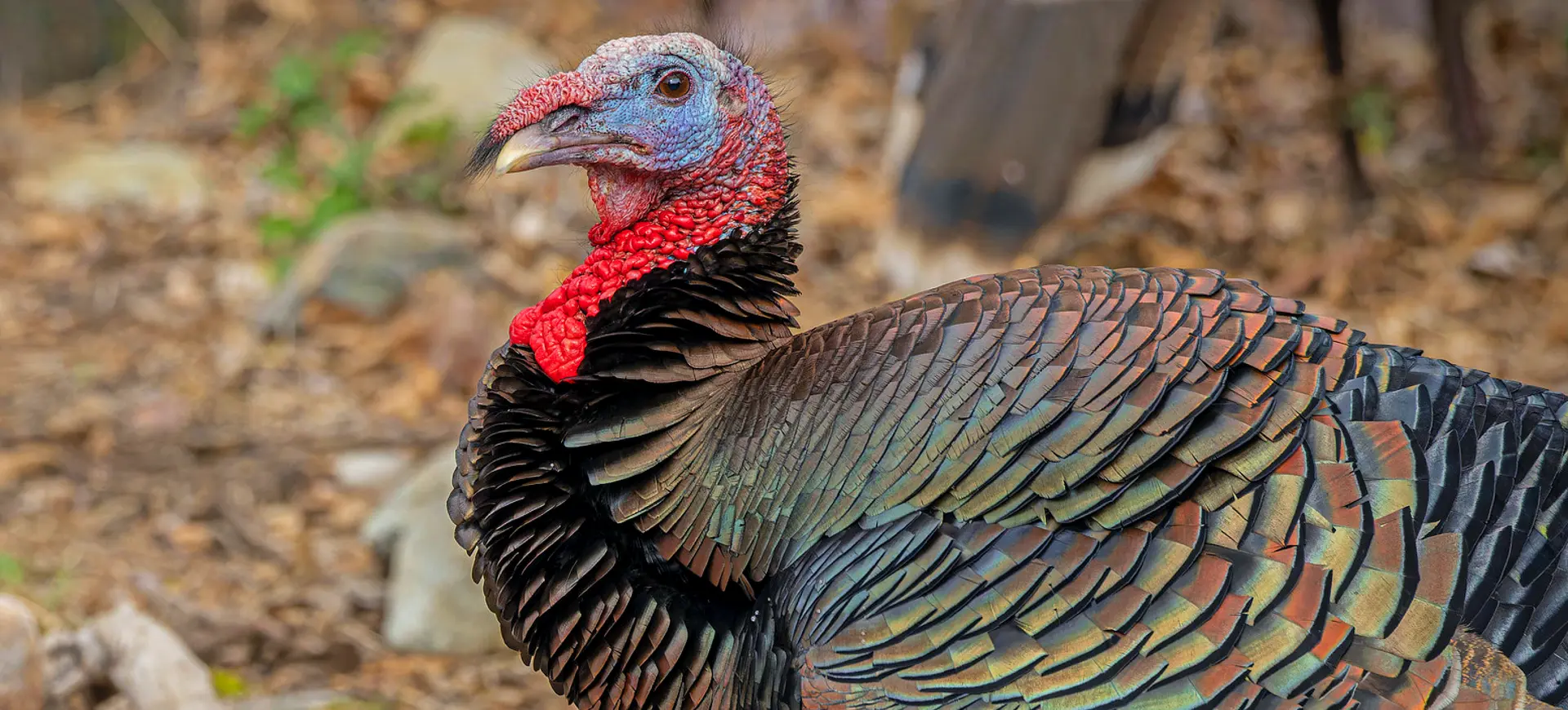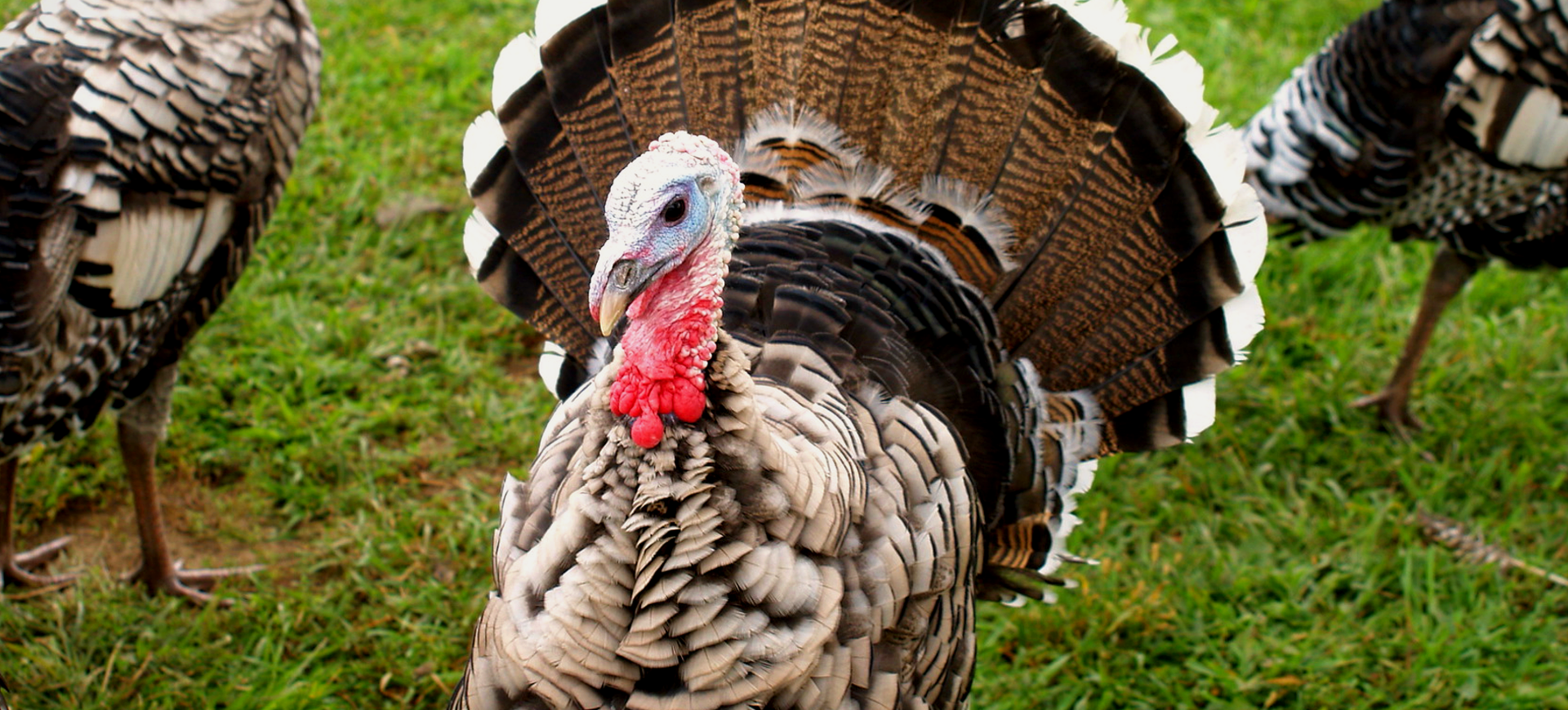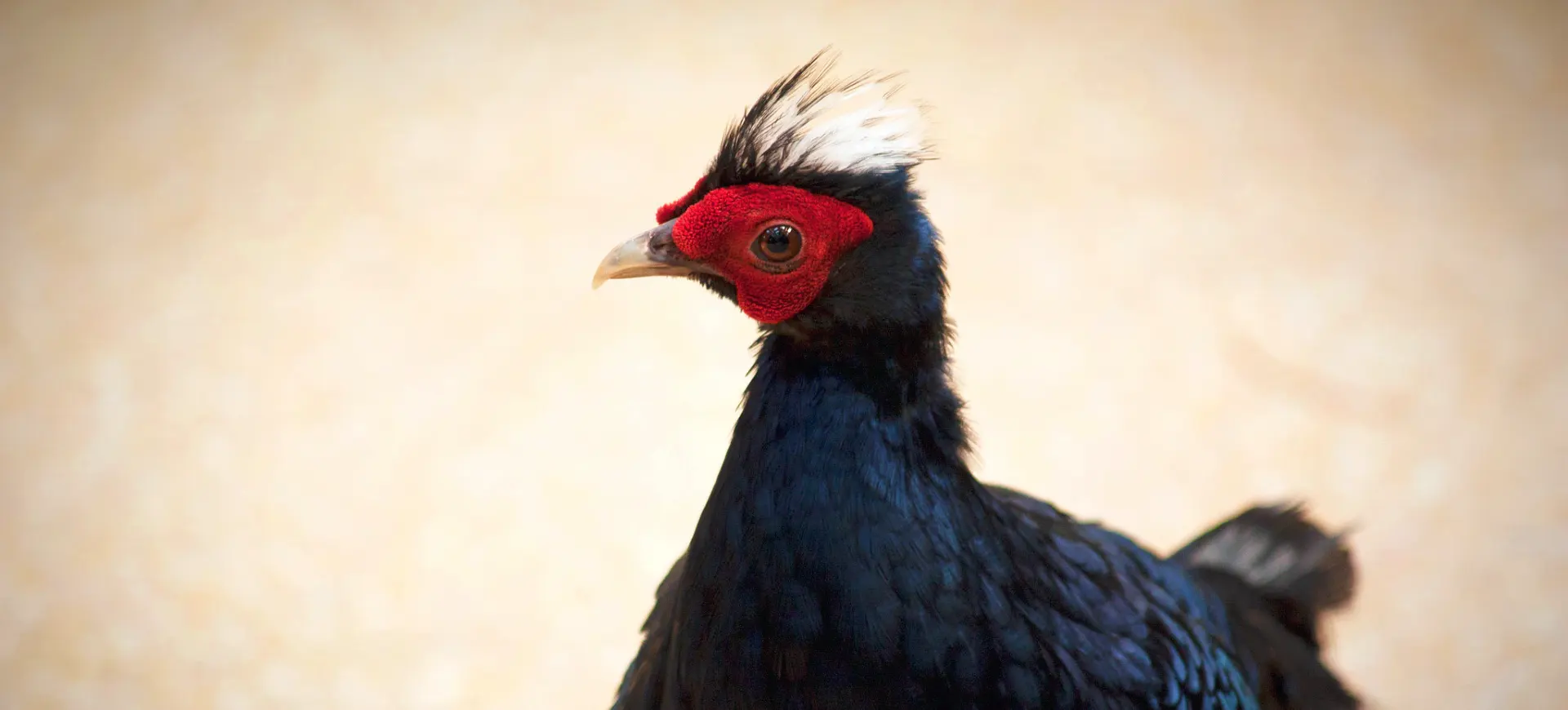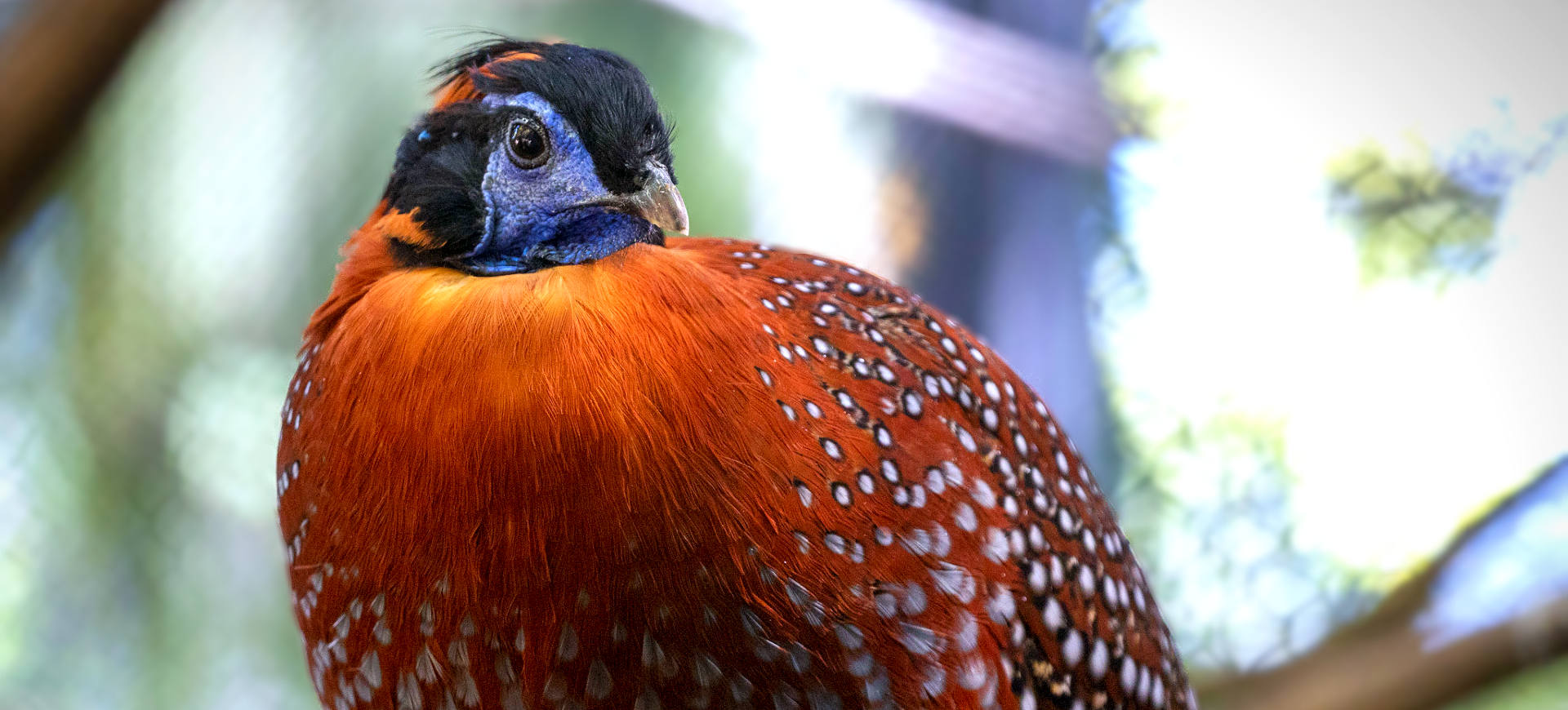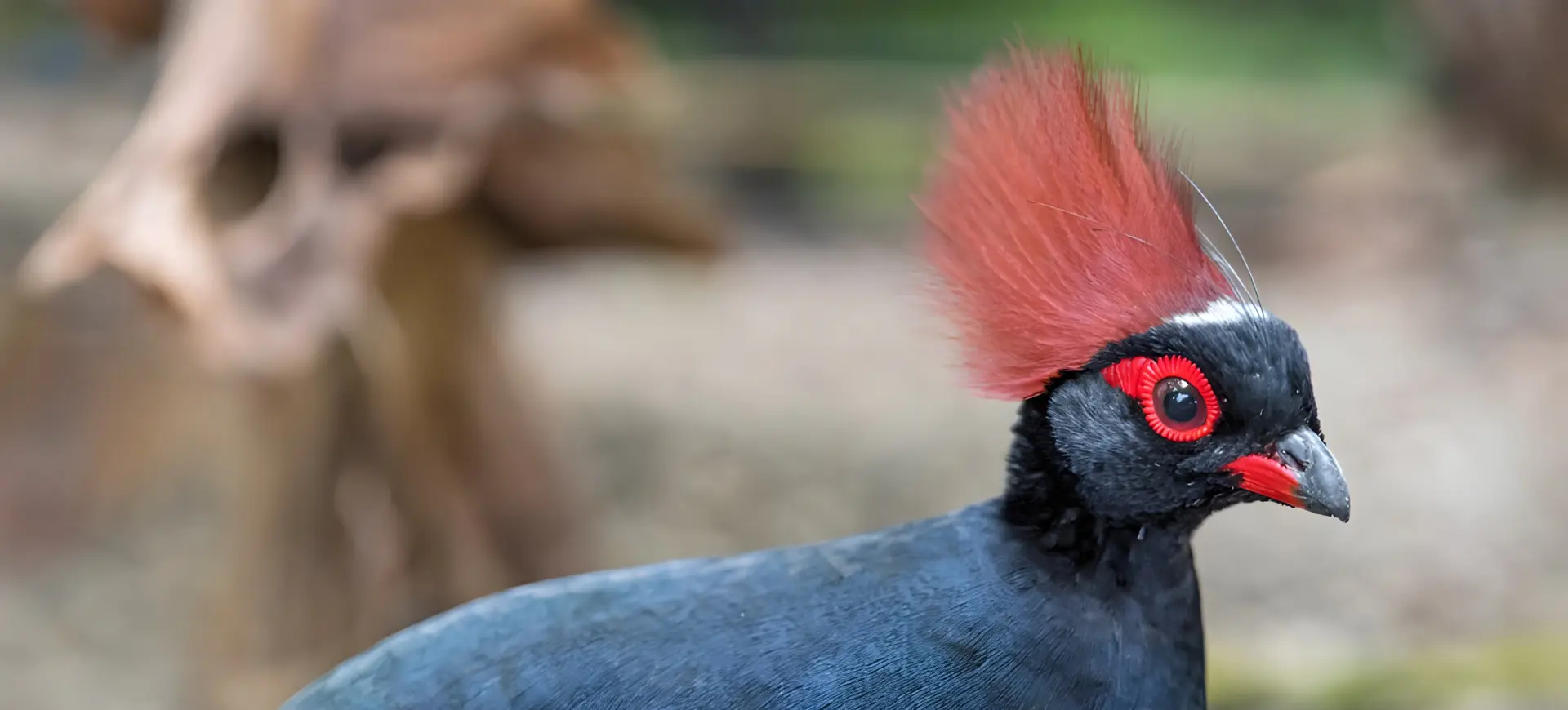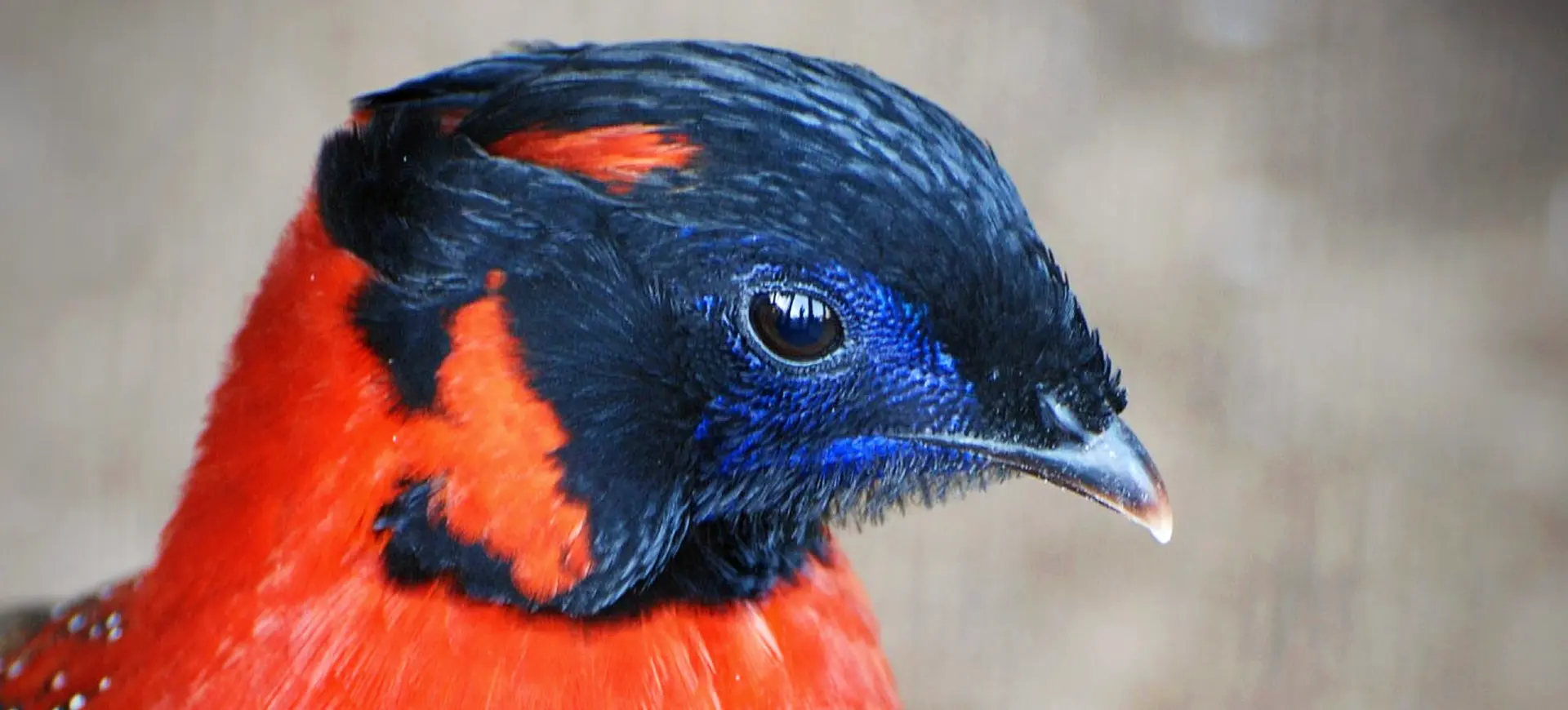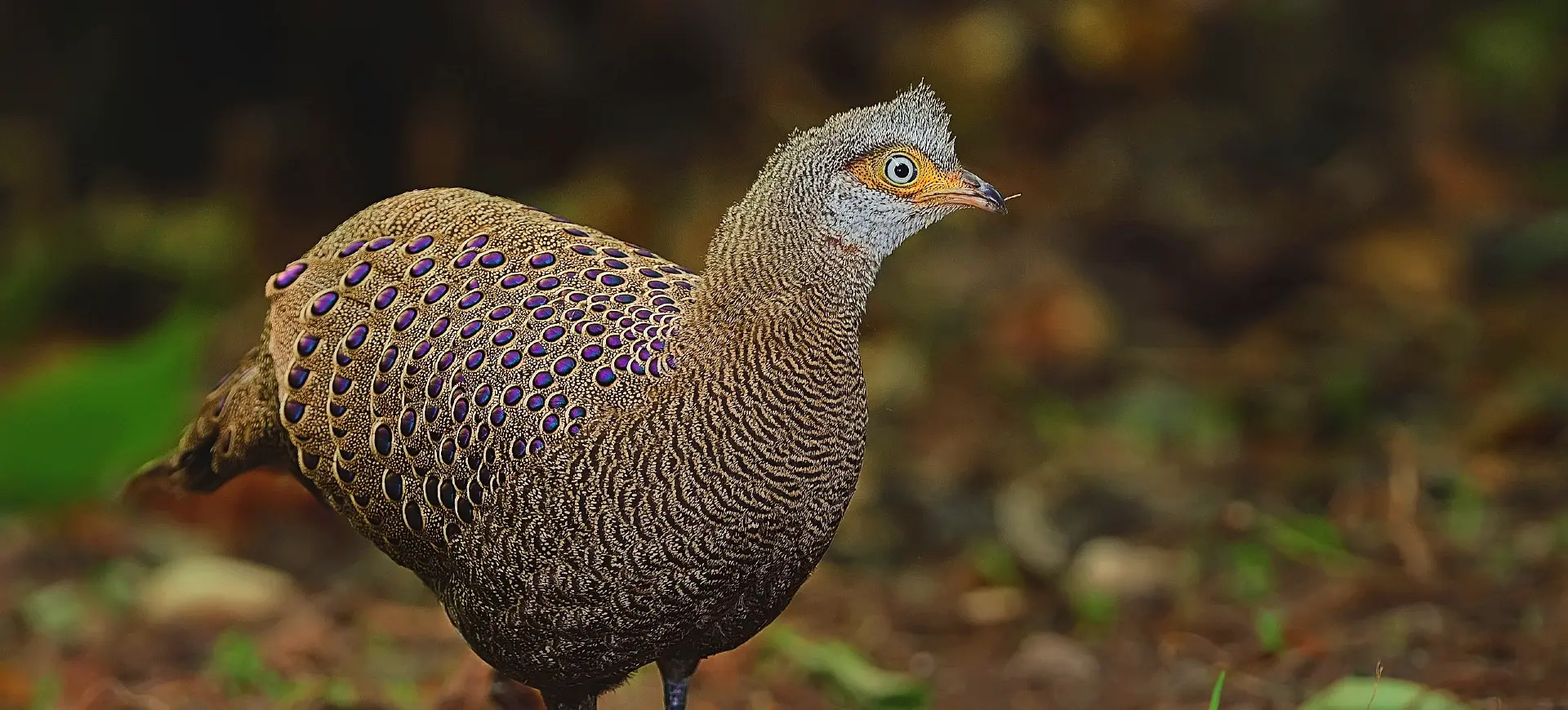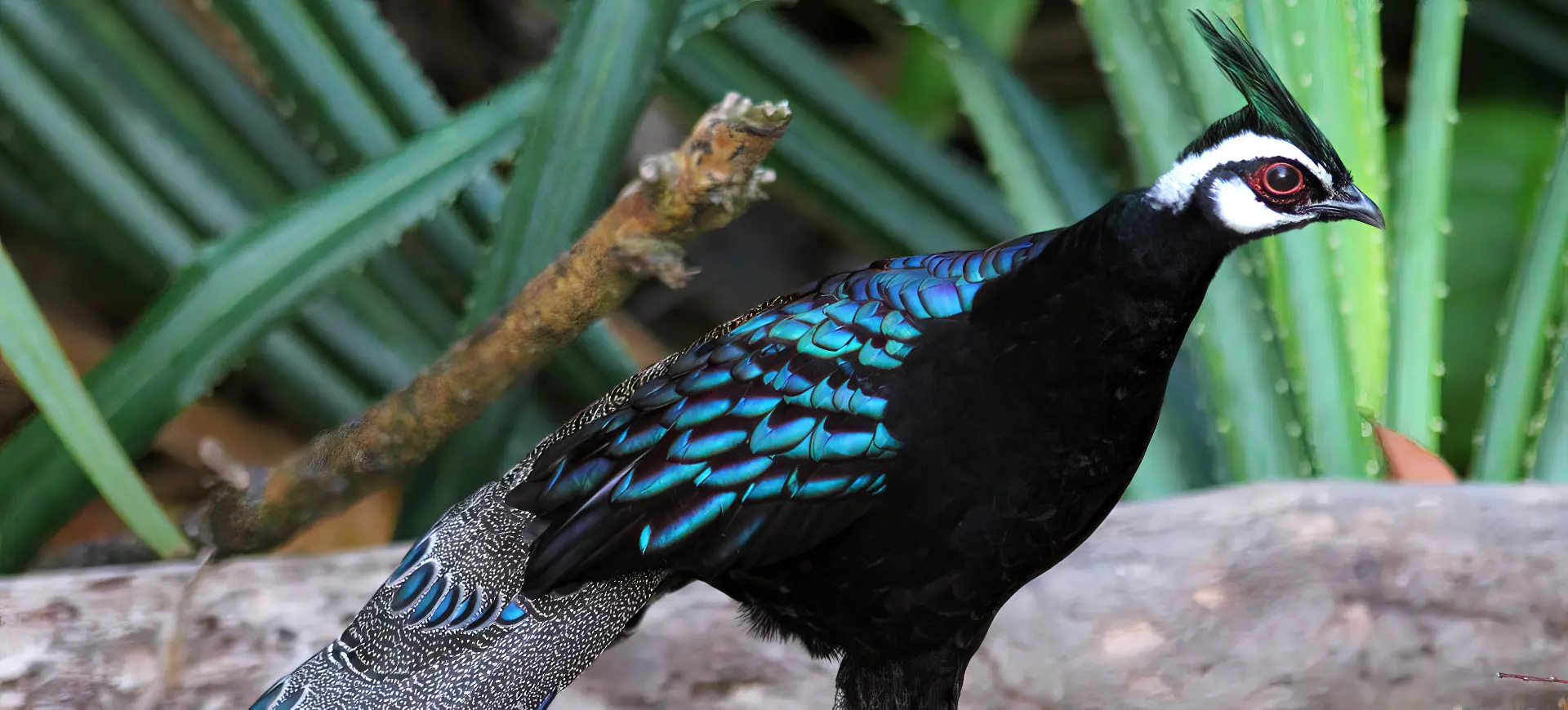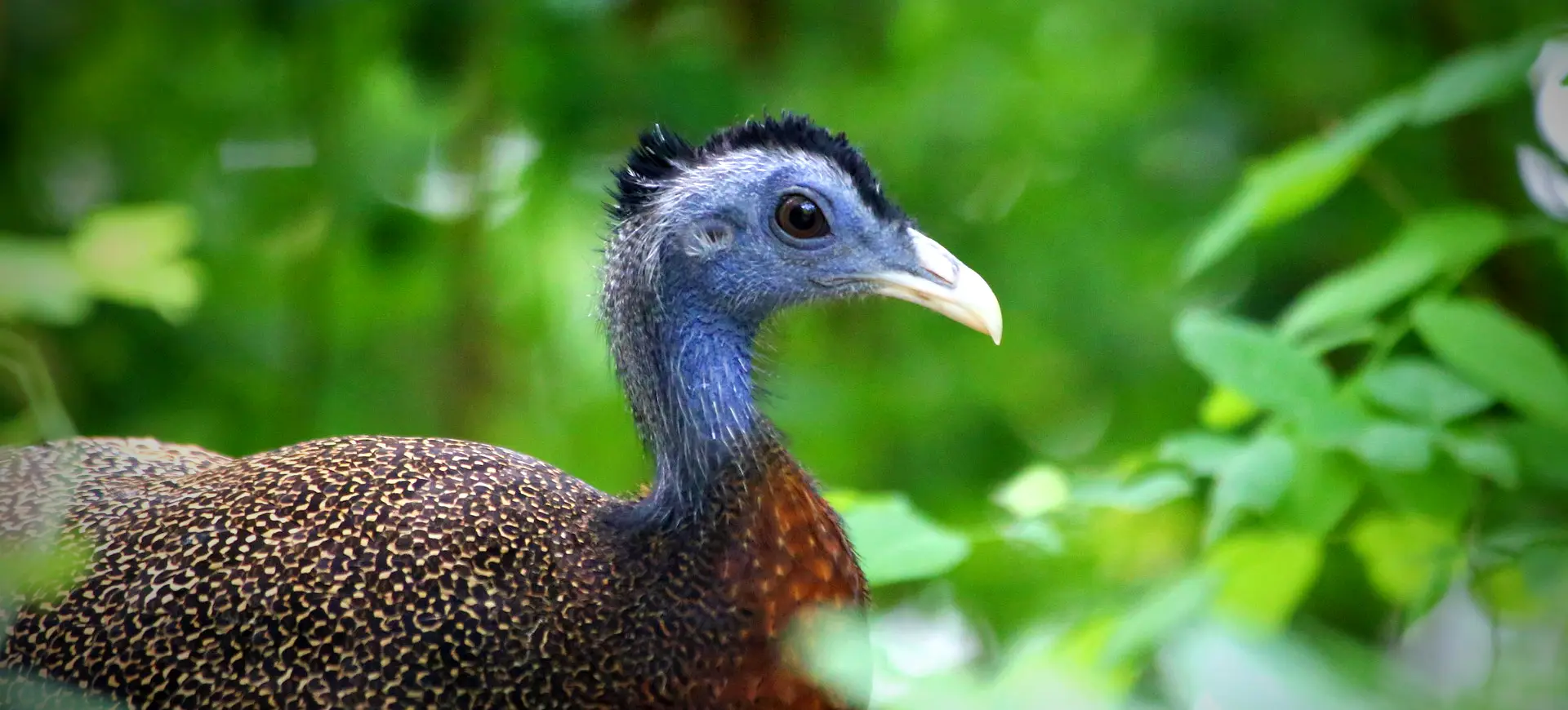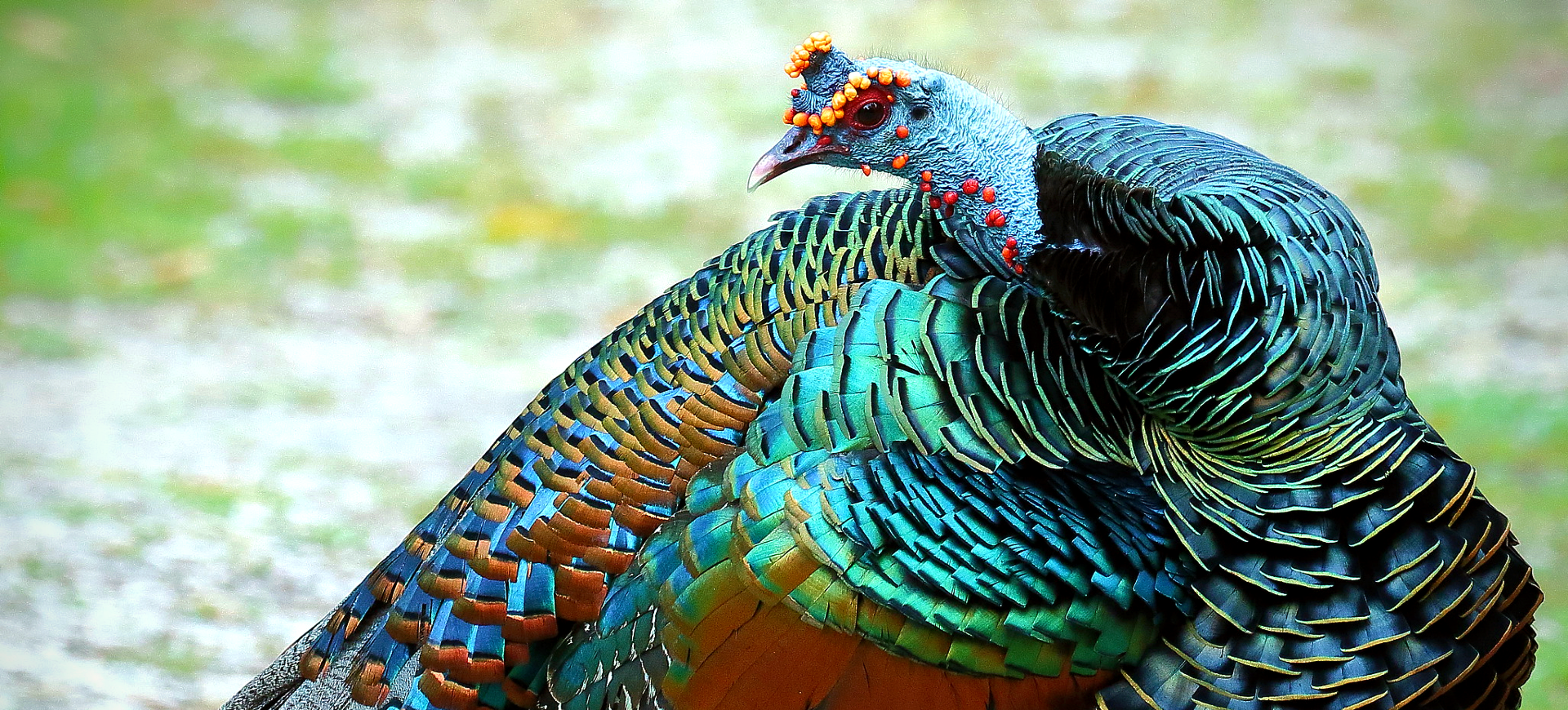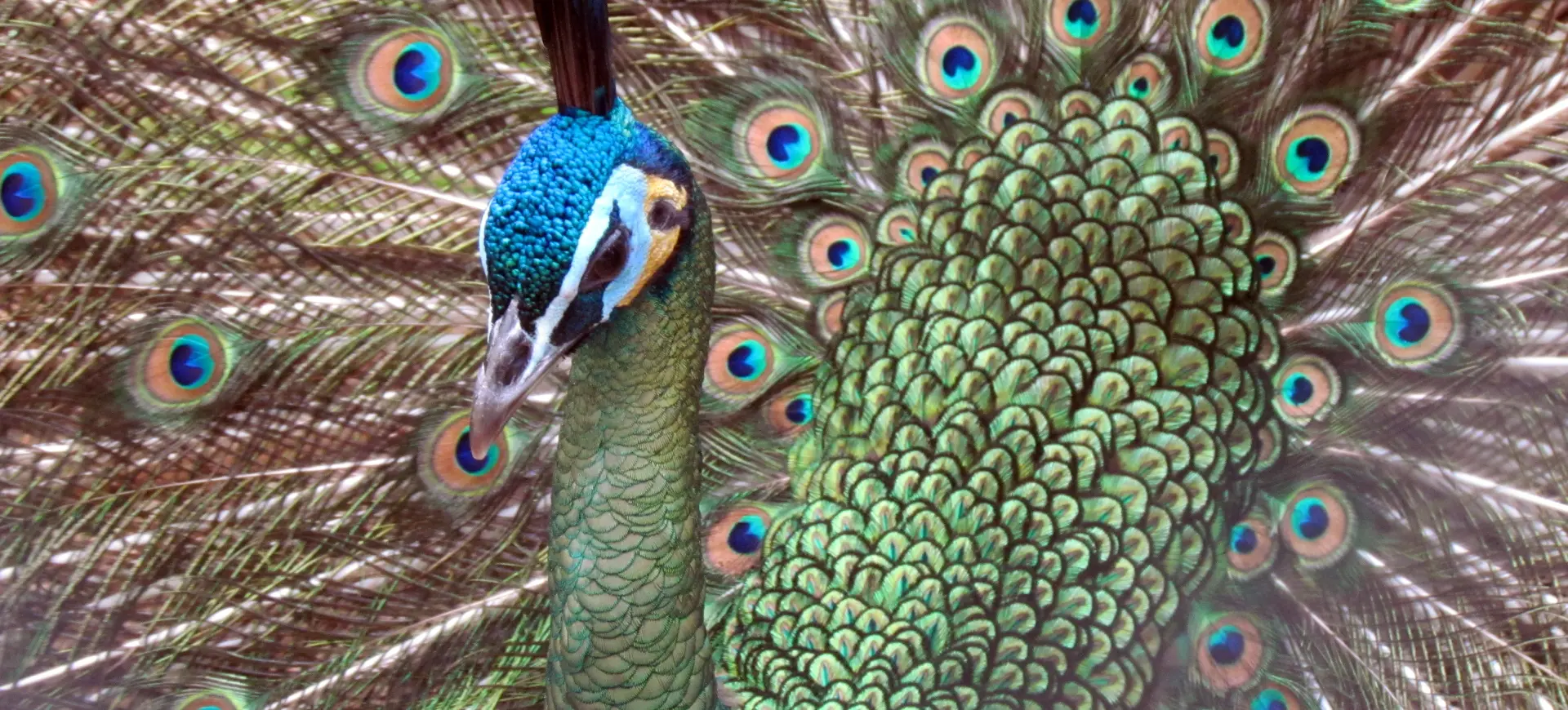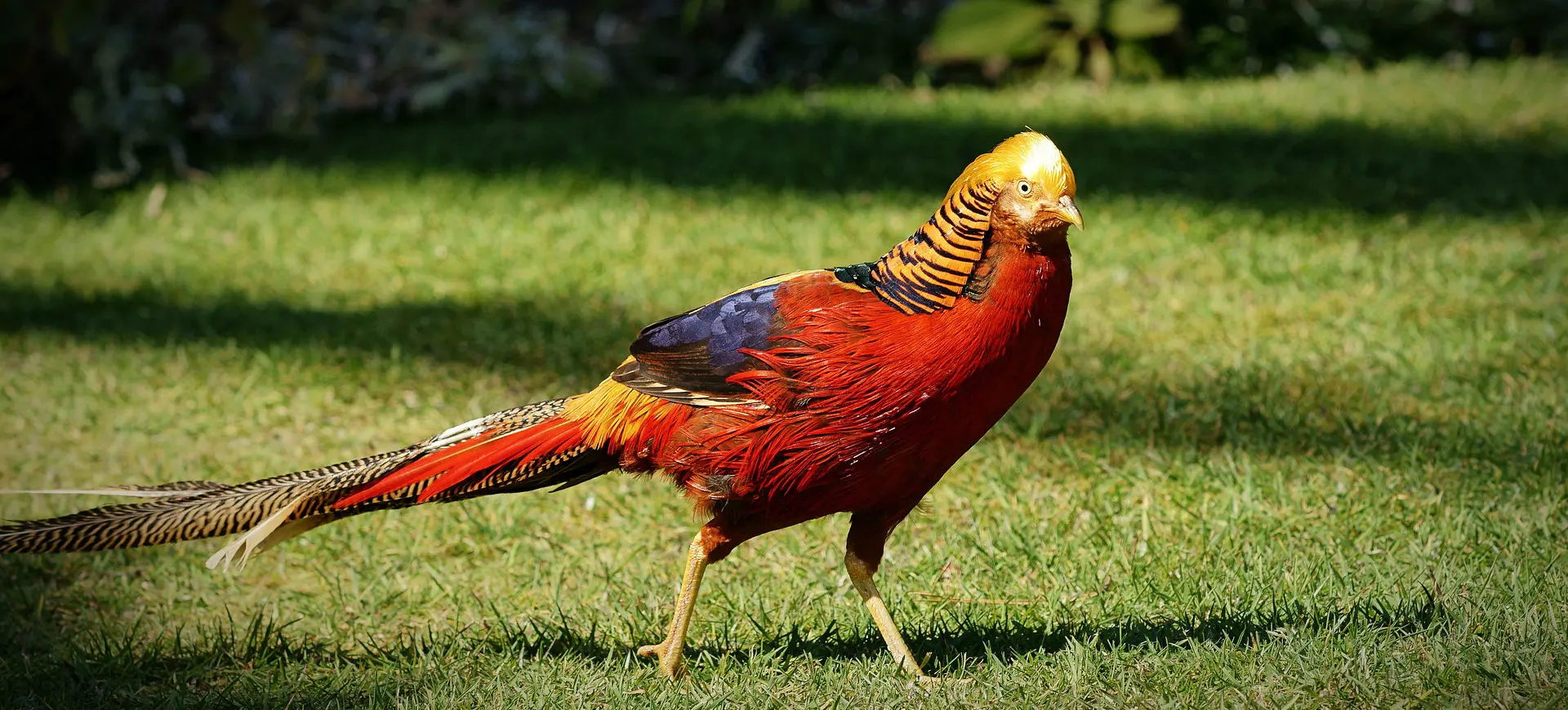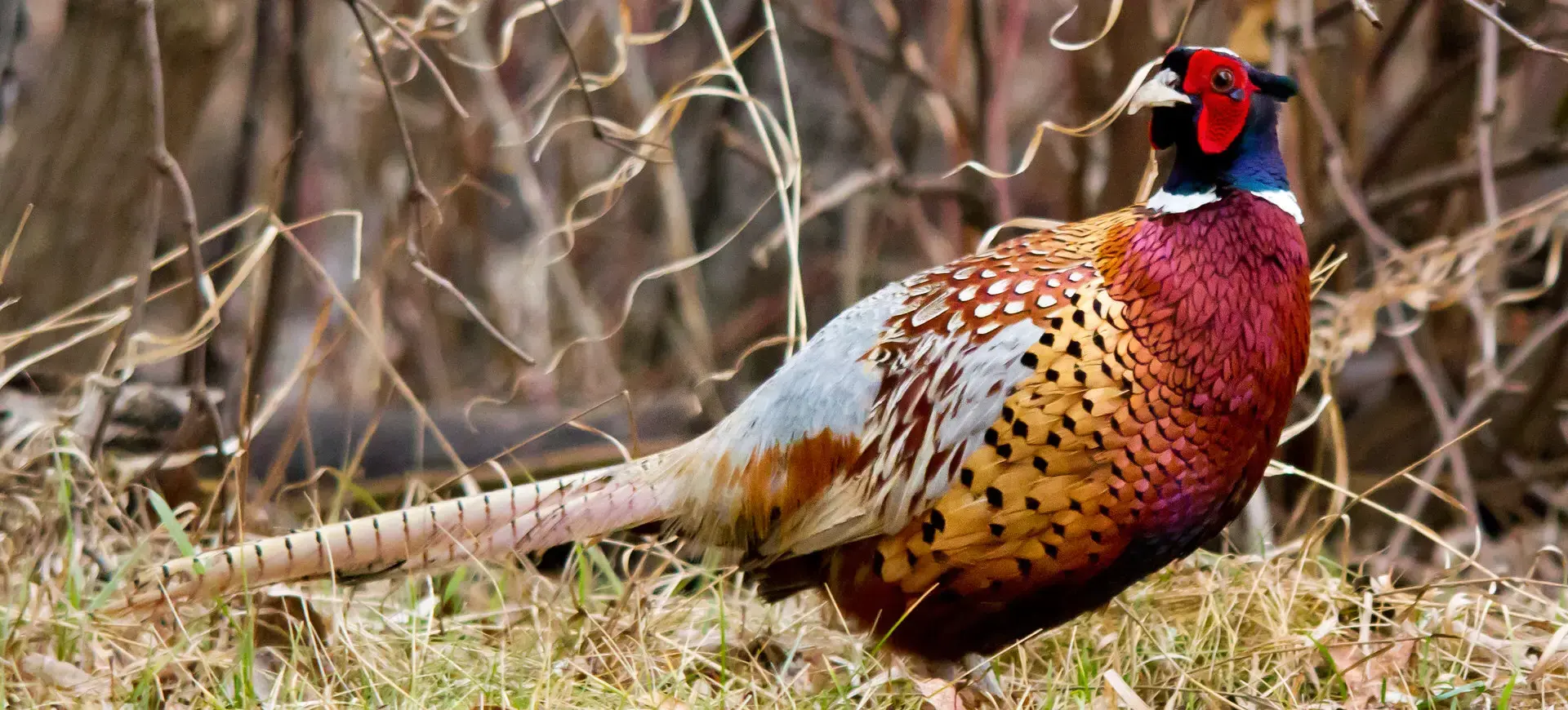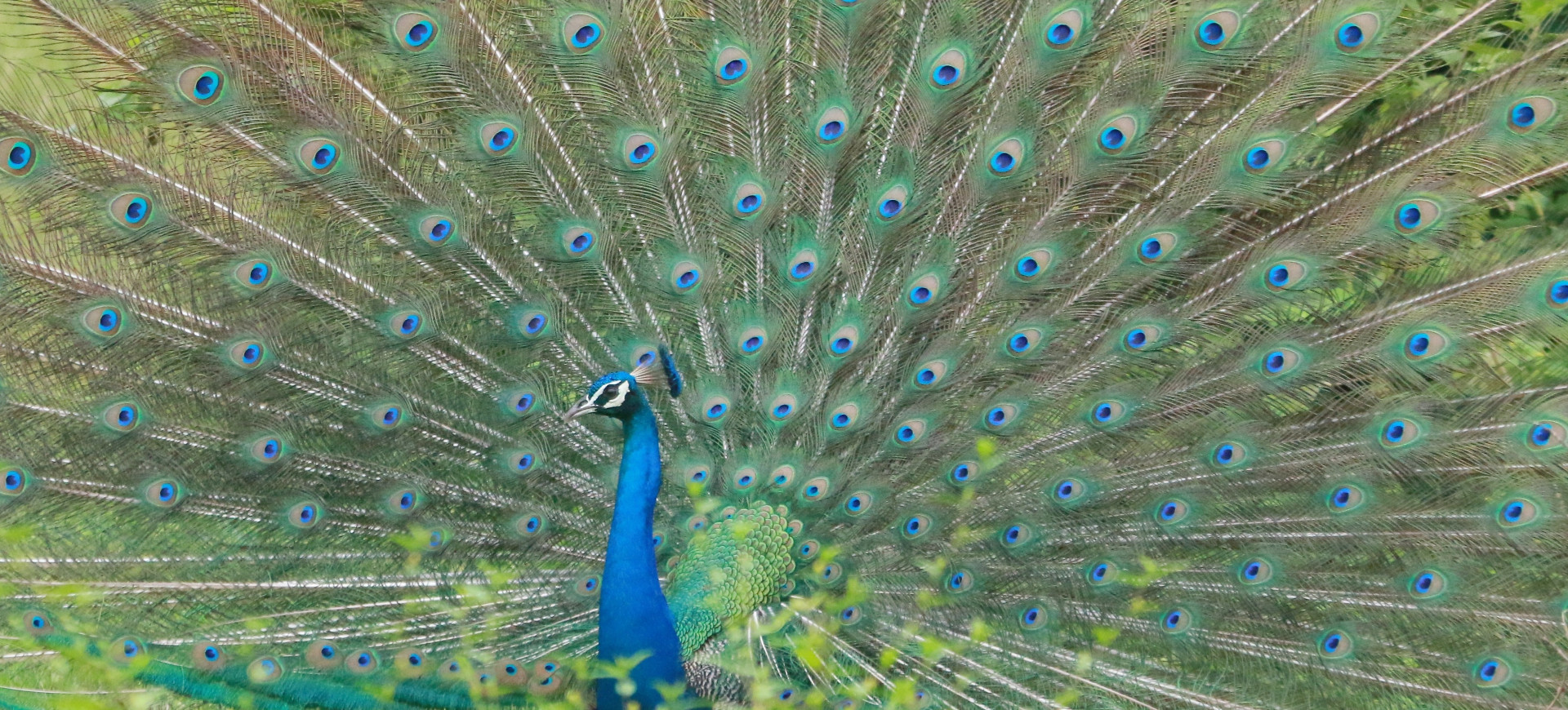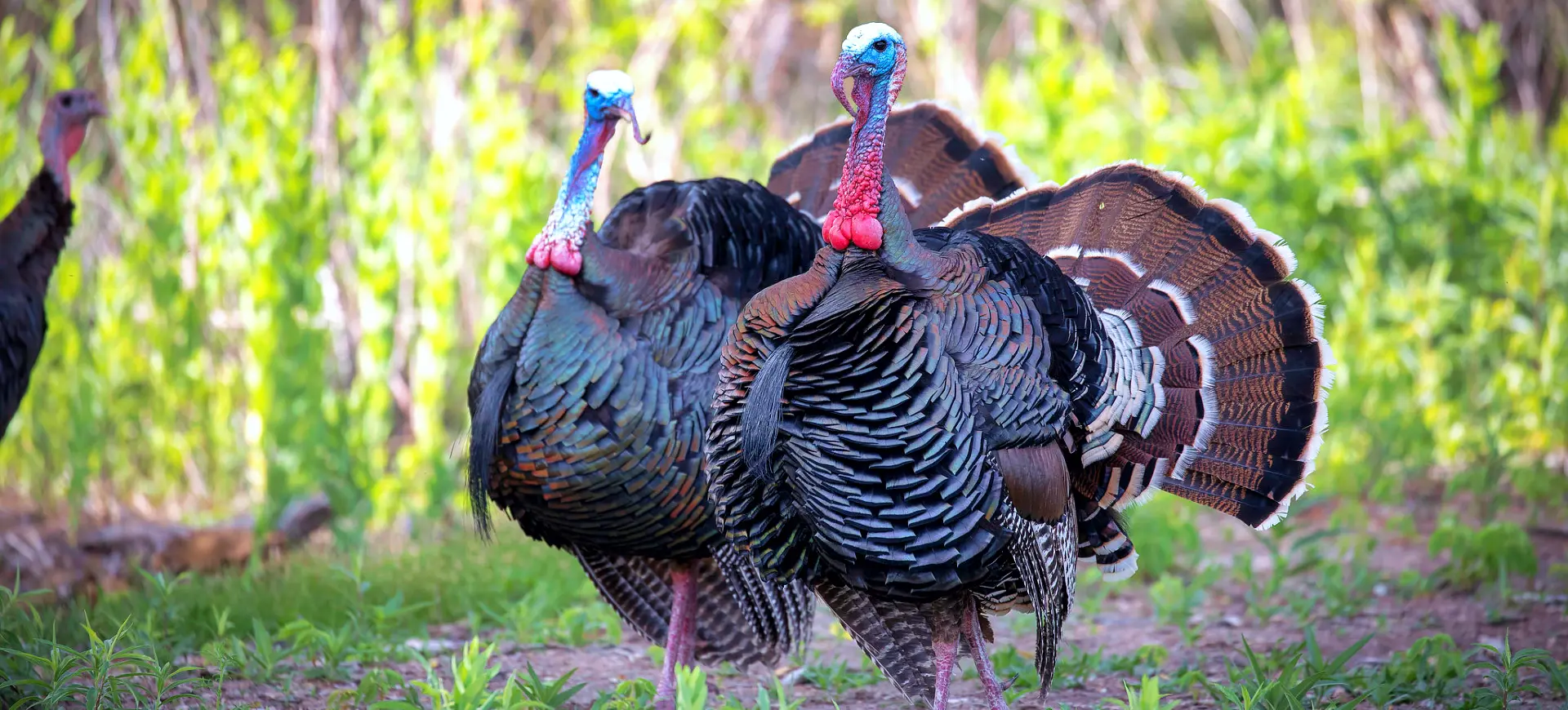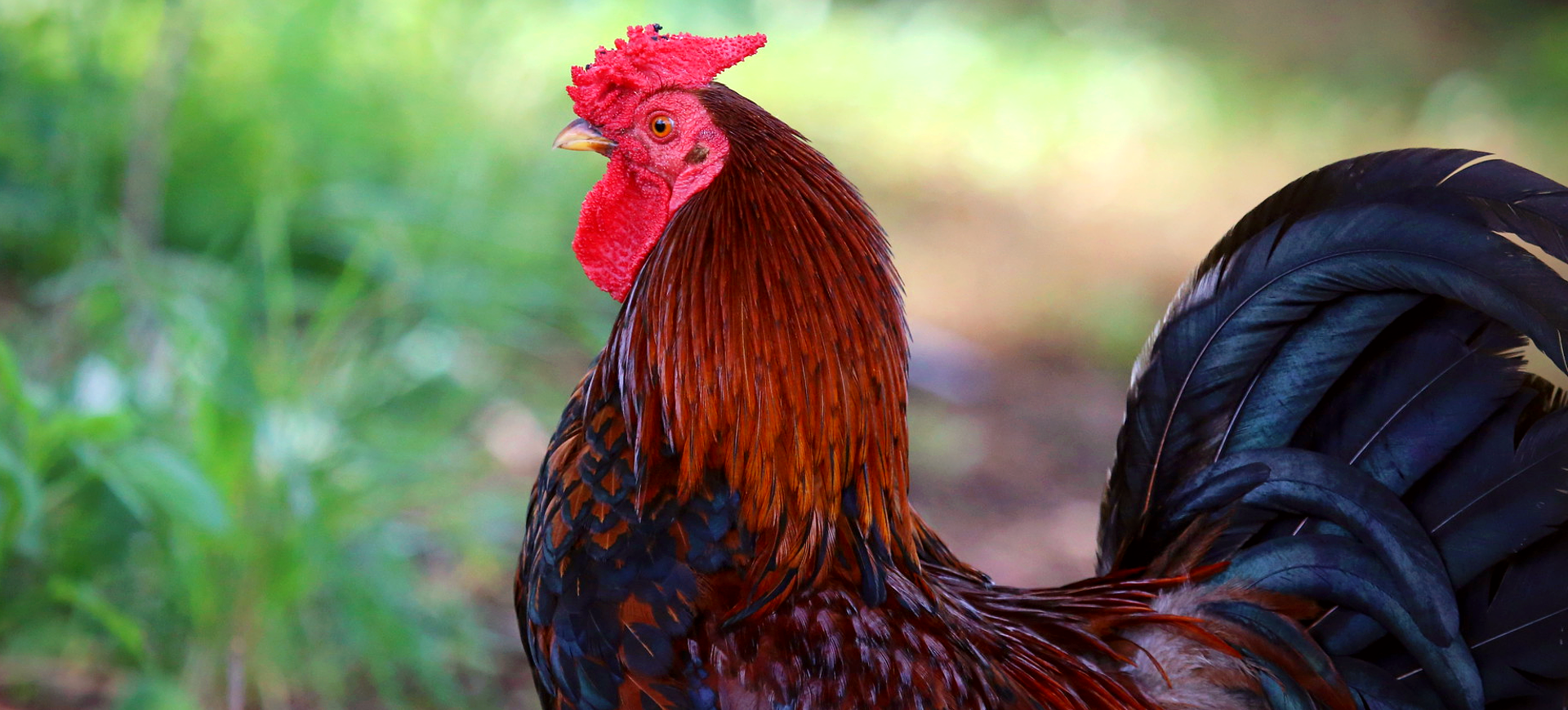Overview
The Attwater’s Prairie Chicken, Tympanuchus cupido Atwater, is a highly endangered subspecies of the Greater Prairie Chicken, a North American bird species in the grouse family. Named after Henry Philemon Attwater, a British naturalist who spent much of his life in Texas, the Attwater’s Prairie Chicken is known for its distinctive appearance, mating rituals, and the unique “booming” sounds it makes. The bird is medium-sized and robust, with a short tail and rounded wings. It has strong, large feet that are well-adapted for ground-dwelling habits.
The males of the species have distinct orange-yellow air sacs on the sides of their necks, which they inflate during their spectacular courtship displays. They also have a tuft of elongated feathers known as pinnae that can be raised or flattened. The overall color of the Attwater’s Prairie Chicken ranges from a lighter brown to almost black, with males generally appearing slightly darker than females. The bird’s feathers are marked with heavy dark brown or black barring, providing excellent camouflage in the prairie grasslands it inhabits.
Attwater’s Prairie Chicken is known for its elaborate mating dances, where males perform on communal grounds known as leks. The bird’s diet mainly consists of insects, seeds, and green plant parts. The Attwater’s Prairie Chicken once thrived in the coastal grasslands of Texas and Louisiana. Still, their population has drastically declined due to habitat loss, hunting, and several other factors, making them one of North America’s most endangered birds.
Taxonomy
Kingdom
Phylum
Class
Order
Family
Genus
Species
Sub Species
Type
Current distribution:
The current distribution of Attwater's Prairie Chicken is severely limited compared to its historical range. Currently, the bird is found in only two native populations in Texas, specifically at the Attwater Prairie Chicken National Wildlife Refuge and on private land in Goliad County. Some reintroduced populations on private lands in Colorado County and Matagorda County also exist.
These limited populations face various threats, including habitat loss and degradation, predation, inbreeding, disease, and severe weather events. The current distribution is significantly influenced by ongoing conservation efforts, which include habitat management, captive breeding, and release programs, all aimed at stabilizing and eventually increasing the wild population of this critically endangered bird.
Physical Description:
The Attwater’s Prairie Chicken is known for its stout build, round body shape, and short tail. Their plumage is generally barred and has colors ranging from light brown to nearly black, which provides excellent camouflage within their prairie habitat. The most distinguishable features are perhaps the orange-yellow air sacs on the sides of a male’s neck which inflate during courtship displays. They also sport a tuft of elongated feathers called pinnae, which can be raised or lowered depending on the bird’s mood or intent.
The female is generally less colorful than the male and lacks distinctive air sacs, which is a common trait among bird species as a means to avoid predation while nesting. The females do, however, share the barred plumage pattern with males. The barring on the females tends to be less extensive than on males, rendering a more mottled appearance. Overall, the Attwater’s Prairie Chicken is a compact, rounded bird well-suited for a life spent primarily on the ground.

Lifespan: Wild: ~3 Years || Captivity: ~5 Years

Weight: Male: 1.4-2.2 lbs (0.64-1 kg) || Female: 1.2-1.8 lbs (0.54-0.82 kg)

Length: Male: 16.5-17.5 in (42-44 cm) || Female: 15-16 in (38-40 cm)

Wingspan: Male & Female: 28 in (71 cm)

Top Speed: 20 mph (32 km/h)
Characteristic:
Native Habitat:
Attwater’s Prairie Chicken is indigenous to the Texas and Louisiana coastal prairies in the United States. Their natural habitat comprises tall-grass prairies interspersed with low, rolling hills and river valleys. This biome is characterized by various grass species, primarily little bluestem, big bluestem, switchgrass, and Indiangrass. These prairie chickens require a mosaic of grass heights for different behaviors – taller grasses for nesting and brood-rearing and shorter grasses and bare ground for courtship displays.
Over the past century, the Attwater’s Prairie Chicken has experienced a drastic reduction in its range due to extensive changes to its native prairie habitat. Much of the coastal prairies have been converted to agriculture, urban development, or non-native grasslands for cattle grazing, all of which are unsuitable for the prairie chicken. The species is almost entirely restricted to protected reserves and a handful of private lands with suitable habitat management.
Climate Zones:
Biomes:
Biogeographical Realms:
Continents:
Countries:
Diet:
Diet & Feeding Habits:
The Attwater’s Prairie Chicken has an omnivorous diet consisting primarily of green plant parts, seeds, and insects. The ratio of these components varies throughout the year, with insects being more critical for chicks and juveniles due to the high protein content. At the same time, adults rely more heavily on plant matter. In the fall and winter, seeds become a more prominent part of their diet, providing necessary fats and nutrients for the upcoming mating season.
They have a rather indiscriminate feeding habit and consume various plant species depending on availability, directly linked to the season and habitat quality. Their primary plant foods include sunflowers, legumes, and grass seeds, while insects consumed are often grasshoppers, beetles, and caterpillars. The birds spend much of their time on the ground foraging for food, where their coloring provides excellent camouflage from predators.
Mating Behavior:
Mating Description:
The Attwater’s Prairie Chicken has an interesting and complex mating system. Males congregate on communal display grounds, known as leks, where they perform elaborate courtship rituals to attract females. These rituals include booming calls, produced by inflating the orange air sacs on their necks, and a dance that involves stamping their feet rapidly, erecting their pinnae, and making low, guttural noises. Females visit these leks to mate, usually choosing the most dominant male.
After mating, the female lays and incubates her eggs alone. She constructs a nest on the ground, typically in a clump of tall grass, to conceal it from predators. The nest is a shallow depression lined with grasses and feathers. The male plays no part in nest building, incubation, or rearing the chicks. His primary role is in mating and securing a territory on the lek.
Reproduction Season:
Birth Type:
Pregnancy Duration:
Female Name:
Male Name:
Baby Name:
Social Structure Description:
Attwater’s Prairie Chickens are generally solitary outside the breeding season but congregate in leks during the spring for mating. These leks, which are traditional sites used year after year, become the focal point of their social structure in the breeding season. Males compete for dominance in the lek, with the most dominant males occupying the central positions and getting the most chances to mate.
The birds may form loose flocks outside the breeding season, especially in winter. However, they are not particularly social birds, and these groupings are more about shared habitat use than social interaction. The social structure of the Attwater’s Prairie Chicken is primarily shaped by their breeding system and the need to navigate their prairie habitat’s challenges.
Groups:
Conservation Status:
Population Trend:
The wild population of the Attwater’s Prairie Chicken has drastically declined over the past century, from an estimated one million at the turn of the 20th century to only around 178 individuals today. This steep decline is attributed mainly to habitat loss, predation, disease, severe weather, and changing land use practices. The species is now one of the most endangered birds in North America, with its remaining wild populations being highly vulnerable to extinction.
In addition to the wild populations, there are approximately 500 individuals in captivity, maintained as part of recovery and reintroduction programs. These captive populations are vital for the species’ survival, providing a “safety net” against the extinction of wild populations. The captive birds are used for breeding and subsequent release into the wild, bolstering existing populations and establishing new ones where suitable habitat exists.
Population Threats:
The primary threat facing Attwater’s Prairie Chicken is habitat loss, mainly due to agricultural development, urbanization, and the introduction of non-native grass species for cattle grazing. These changes have resulted in the loss of native prairie, the primary habitat of the prairie chicken. Additionally, increased predation, inbreeding due to reduced population sizes, disease, and severe weather events such as hurricanes and droughts further compound their population decline.
Moreover, the invasion of woody plants into their prairie habitat, partly due to fire suppression, has degraded the quality of the remaining habitat. Without periodic fires, shrubs and trees can take over the prairie, making it unsuitable for the prairie chicken. These cumulative threats have led to the current critical situation, where the species teeters on the brink of extinction.
Conservation Efforts:
Conservation efforts for the Attwater’s Prairie Chicken include habitat management, captive breeding and reintroduction programs, research, and education. The U.S. Fish and Wildlife Service manages the Attwater Prairie Chicken National Wildlife Refuge, which provides a significant portion of the remaining suitable habitat for the species. The refuge staff conducts periodic controlled burns to maintain the prairie habitat and control the spread of invasive species.
Captive breeding programs, coordinated across several zoos and conservation institutions, produce birds for reintroduction into the wild, helping to bolster existing populations and establish new ones. These programs also provide opportunities for research, including studies on prairie chicken behavior, genetics, and disease, which inform management and recovery efforts. Education and outreach programs aim to raise awareness about the prairie chicken’s plight and garner support for conservation measures.
Additional Resources:
Fun Facts
- The Attwater’s Prairie Chicken is named after Henry Philemon Attwater, a British naturalist who spent much of his life in Texas documenting the state’s flora and fauna.
- Males perform a complex courtship “dance” that includes inflating the orange air sacs on their necks, stamping their feet, and making low, guttural noises.
- The Attwater’s Prairie Chicken once occupied an estimated six million acres of coastal prairie in Texas and Louisiana. Today, less than one percent of this original habitat remains.
- The female Attwater’s Prairie Chicken builds her nest alone and is solely responsible for incubating the eggs and rearing the chicks.
- Despite their name, prairie chickens are not chickens but a type of grouse, a family of birds known for their ground-dwelling habits and elaborate courtship displays.
- The main diet of the Attwater’s Prairie Chicken changes with the season, from insects in the spring and summer to seeds in the fall and winter.
- The population of Attwater’s Prairie Chicken has been reduced to less than one percent of its estimated historical size.
- Captive breeding and reintroduction programs are key components of the recovery efforts for Attwater’s Prairie Chicken.
- Controlled burns are used to manage the prairie habitat for the Attwater’s Prairie Chicken, preventing the encroachment of woody plants and promoting the growth of native grasses.
- The “booming” call of the male Attwater’s Prairie Chicken can be heard up to two miles away during the spring breeding season.

